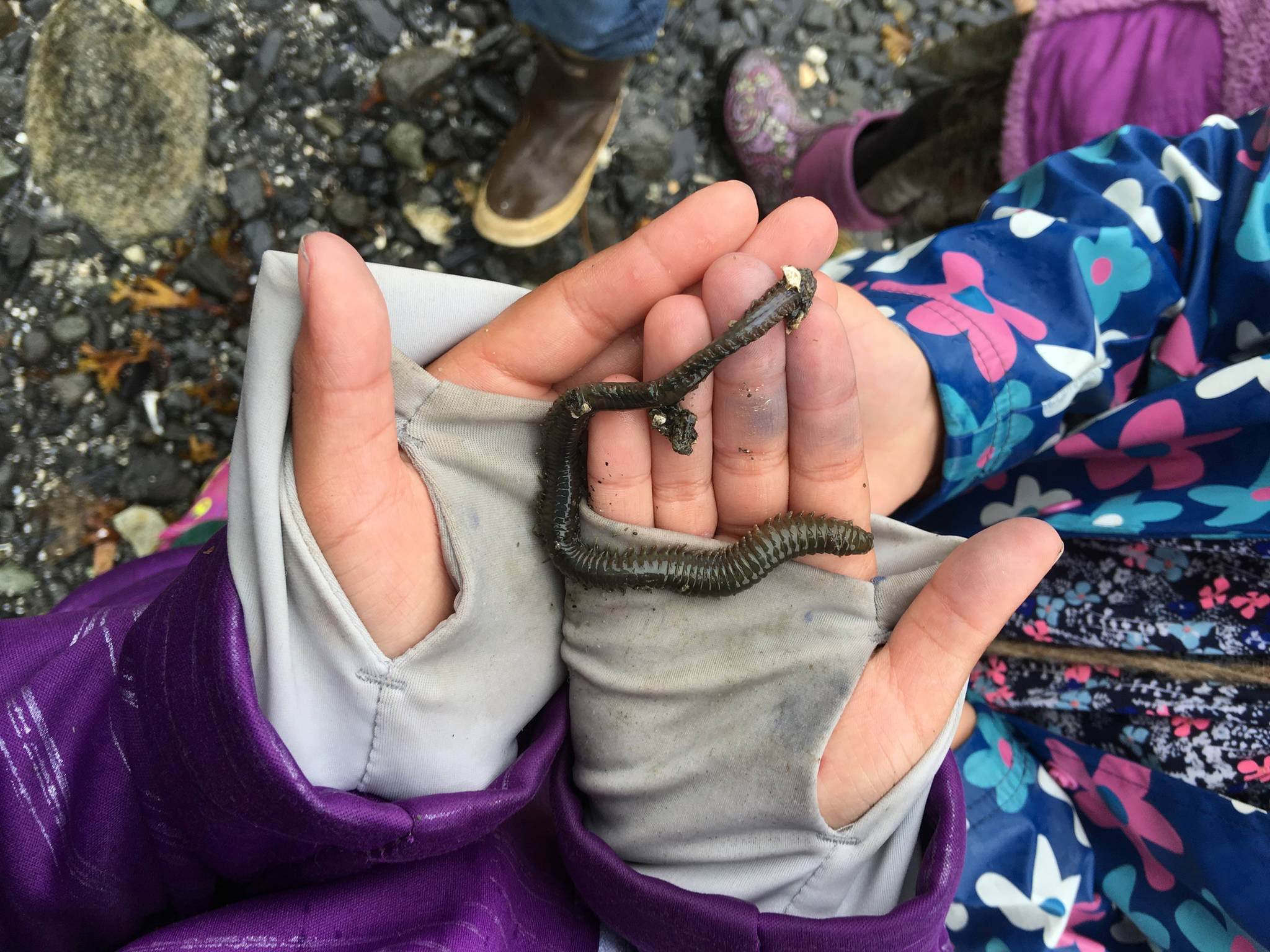Young children naturally explore, investigate, wonder and ask questions about the environment around them. Observe a group of young children in the sand or in the soil and you will see them dig, pile, build, possibly drag wood and probably find water to add. Of course they will knock down the structure only to build it again. Learning is happening in everything they do. While one adult might describe this as “outdoor play” another adult thinking scientifically might identify it as early learning in problem solving and critical thinking — important skills for beginning engineering and science.
School is starting and the opportunities for STEM learning in the classroom will begin this week! STEM stands for Science, Technology, Engineering and Math and when children explore the environment around them they are engaging in STEM skills and strategies that will enable them to make sense of their world. Your child can observe the world through a variety of different lenses.
Take a walk and follow your child’s lead as they notice trees, seed pods, flowers and other plants in your neighborhood. Observe as they build or explore a nearby stream or garden in the yard. Asking open-ended questions supports your child to think and develop ideas:
• “What do you notice about the … (seed pod, part of a plant, driftwood)?” “What happened there … (as they are building in the sand)?” “What do you think will happen if … (planting seeds, diverting stream water)?”
When your child asks questions, encourage them to focus in on the problem rather than solving it for them. In this way you are helping them develop habits that will reinforce critical thinking while empowering them to answer their own questions.
We are so fortunate to be surrounded by all kinds of environmental science in Southeast Alaska. Make connections to our local place by taking a low tide trip to the beach, visiting a salmon stream, walking along a creek to look for evidence of beavers, find seed pods among the trees, look for growing mushrooms and notice the variety of shrubs and plants in your neighborhood. What patterns can you notice? What do you observe about cause and effect from the tide change? What different ways do plants grow? What evidence can your child show you to explain their thinking? Think about what you can do to continue these experiences during the school year so your child observes changes in weather as well as seasonal shifts over time. Going back to the same area can build a deeper understanding of place so encourage reflection as you note one particular tree, plant or area.
Engineering and physical science experiences are enhanced through building, construction and changing how things work to make them better. Materials and resources can be inexpensive and simple — for example paper towel tubes, tape and marbles or toy cars for a ramp investigation. Ask children, how slow can you make your marble roll? Building with blocks, paper cups or cardboard boxes of different sizes encourage exploration of balance and design. Encourage your child to find out how tall they can make a tower and still have it balance? Add weight to it for testing strength and you’ve encouraged your child to think critically about how they might design a tower or bridge structure.
Helping your child with experiences outside of school is essential for developing a deeper knowledge of problem solving skills. In addition to getting outdoors you can add to the experience by bringing along a small notebook for drawing and writing. Allow your child the time it takes to notice something in detail and then draw and label the picture. Take photos and use simple technology for recording evidence on each walk; sounds and sights. Collaboration and communication are 21st century skills that parents can support daily. The critical thinking comes with listening and observing your child to determine when it’s time to ask more questions and/or listen for ideas coming from the experience.
Young children enjoy working together so remember that play dates can include STEM activities. Peer exchange can bring a new dimension to an activity. Building together or collecting sand, pebbles or leaves can encourage cooperation for a common goal. Hand lenses, water droppers, lids or small containers become science tools as important as pencils and paper.
Most of all, enjoy the time of exploration with your child. As your child’s first teacher, parents have the opportunity to nurture and encourage the development of curiosity and wonder of the natural world!
• Jennifer Thompson is a first grade teacher at Harborview Elementary School and a member of the Juneau STEM Coalition. This is part of a series of monthly columns about STEM in Juneau.

